Range 4,478 km Wingspan 13 m Length 18 m Unit cost 13,300,000–13,300,000 USD | Top speed 839 km/h Cruise speed 778 km/h Weight 6,641 kg | |
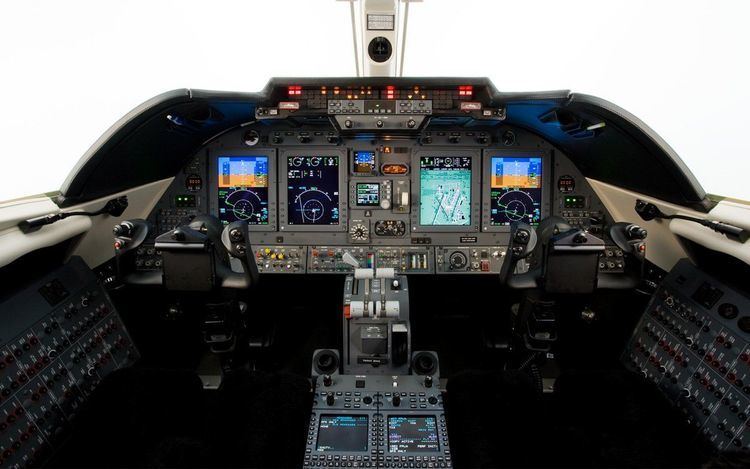 | ||
Charter a learjet 60xr business jet
The Learjet 60 is a mid-size cabin, medium-range business jet aircraft manufactured by Bombardier Aerospace in Wichita, Kansas, USA. Powered by two Pratt & Whitney Canada 305A engines, it has a range (with 4 passengers and 2 crew) of 2,405 nautical miles (4,454 km) with NBAA 100 nmi (190 km) reserves, ISA. In July 2012 Bombardier Aerospace announced a temporary "production pause" of the latest variant Learjet 60XR to begin in the fourth quarter of 2012.
Contents
- Charter a learjet 60xr business jet
- Learjet 60xr video from jetoptions private jets
- Development
- Learjet 60XR
- Civilian
- Military and government
- Incidents and accidents
- Specifications
- References
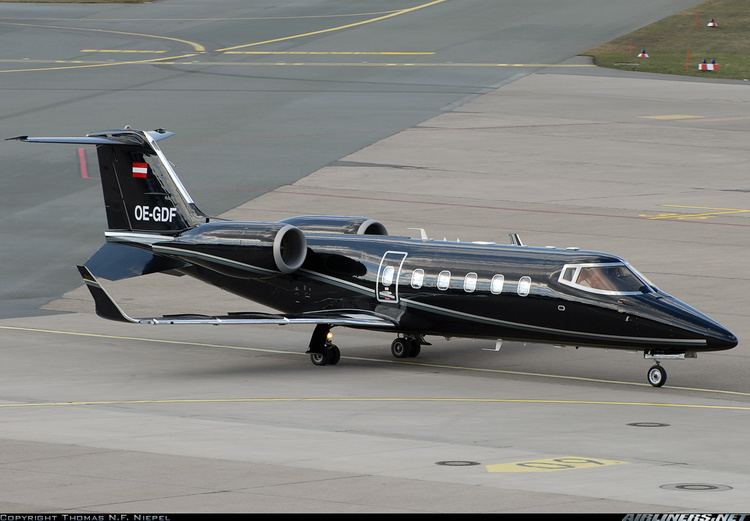
Learjet 60xr video from jetoptions private jets
Development
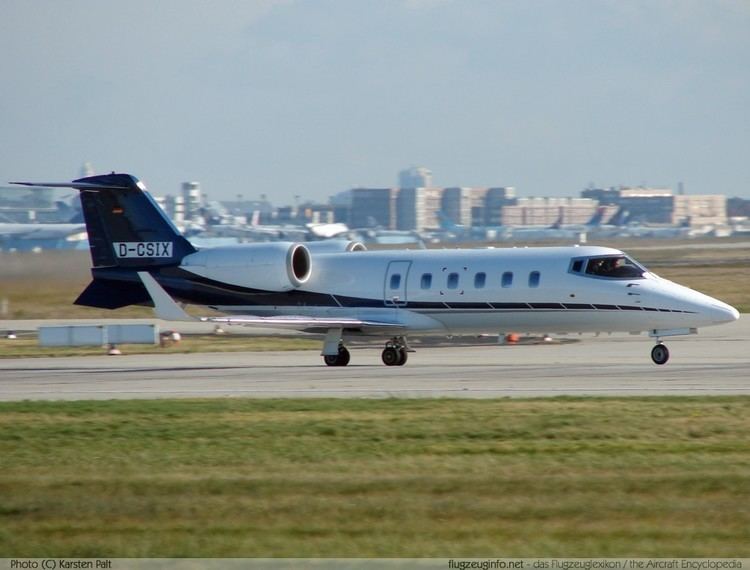
The Learjet 60 is an improved version of the Learjet 55, with a longer fuselage and more powerful turbofan engines. It first flew on 10 October 1990 and received FAA certification in January 1993.
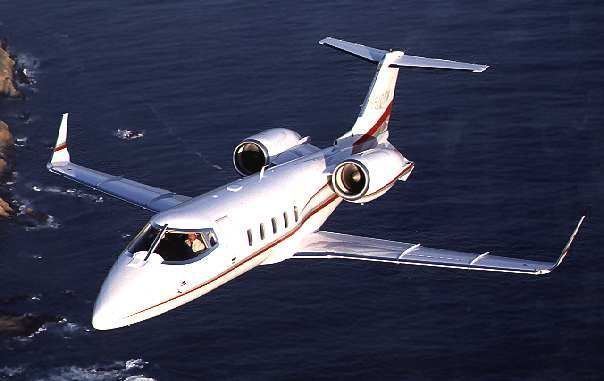
The modifications that converted the Learjet Model 55 into a Model 60 resulted from an aerodynamics improvement program and a need to increase the capacity of the Learjet product line. Several of these modifications were a first for Learjet, including an all-new inboard wing cuff added to the inboard sections of the “Longhorn” wing and an all-new wing-to-body fairing. By increasing the wing chord and the leading edge droop, the wing cuff improved handling during approach and landing, while the wing-to-body fairing reduced the interference drag between the wing and the fuselage. Since the engines were new for this aircraft, a new engine pylon had to be designed.
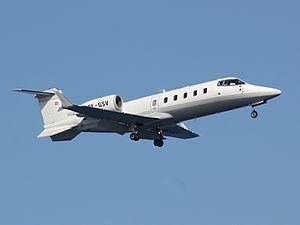
The lines of the cockpit have not changed but the fuselage was lengthened. In addition, the blend between the fuselage and the empennage was all new. While it appears as if area ruling was the intention of the blending, the blend design was really driven by attaching the original Learjet Model 35 empennage onto the larger Learjet Model 60 fuselage.
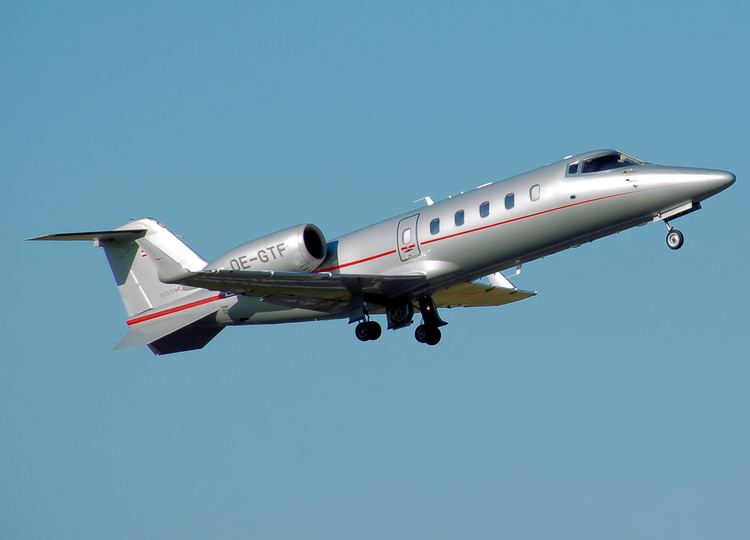
The final aerodynamic improvements to the Model 60 included the creation of the distinctive "ogive" winglet trailing edge. This lengthening of the chord near the interface of the winglet and the wing improved the interaction of the wing’s pressure spike with the winglet’s pressure spike. The result was a significant lowering of the drag in this area and a significant improvement of the wing's efficiency. On the prior “Longhorn” wing the interference between the winglet and the wing nearly canceled the effects of the winglet. The single ventral fin was also replaced with two ventral fins that Learjet called "Delta Fins" to improve stall characteristics and promote aerodynamic stability.
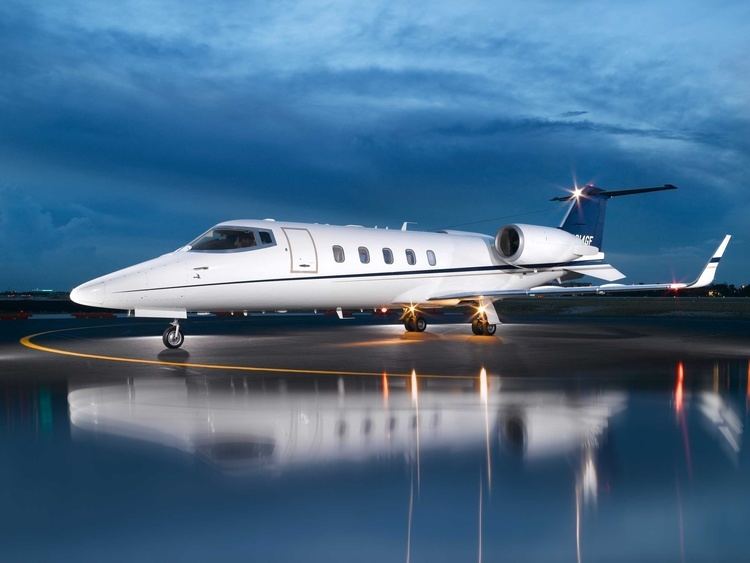
The Learjet 60 is notable for its time-to-climb performance, climbing to 41,000 feet (12,497 m) in 18.5 minutes at maximum weight. It also distinguished as the last legacy Learjet, using the wing that designer Bill Lear adapted from the Swiss military aircraft, the FFA P-16. The next-generation Learjet is the Learjet 85 and is an all-new design by Bombardier Aerospace slated for delivery in 2013.
The Learjet 60, while a tremendous performer, also maintains the highest incident/accident rate in its class with most accidents occurring during landing. According to the NTSB most of these failures are caused by pilot-error as the aircraft can be unforgiving.
Production of the Learjet 60 ended in 2007 after 314 aircraft had been built. The Learjet 60XR is the current model in production from Bombardier Aerospace.
Learjet 60XR
Bombardier launched a new variant in 2005 designated the Learjet 60XR and following certification deliveries started in 2007. The Learjet 60XR has an upgraded cabin, Rockwell Collins Pro Line 21 advanced avionics suite and three disc steel wheel brakes.
The Learjet 60XR was featured in National Geographic Channel’s Ultimate Factories TV series in September 2012.
Civilian
The Learjet 60 is used by private operators, companies and fractional jet operators.
Military and government
Incidents and accidents
Specifications
Data from Brassey's World Aircraft & Systems Directory 1999/2000
General characteristics
Performance
